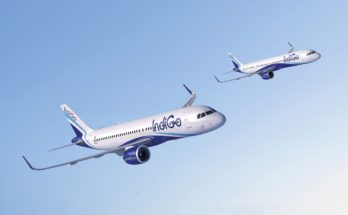
If you ask a Russian to describe Russian achievements in one word, they will uncategorically say Space as quickly as they could make a blini. Indeed, the first launch of a person into space occurred on April 12, 1961, 62 years ago. It is not surprising, then, that this occasion is commemorated in Russia as “Cosmonaut Day” every April 12. Despite this, Kazakhstan has seized Russian assets at the Baikonur Cosmodrome located within that country. Details have previously been reported by Radio Free Europe, Kazakhstani outlets, and Forecast International.
A majority of Roscosmos launches take place at this port, and all crewed Russian launches to the International Space Station take place there. What’s more, other countries also launch their astronauts into space at Baikonur. So what is going on?
Why, one must ask, ditch this spaceport – a source of national pride – for a paltry $26 million? Okay, let’s forget about Sputnik, Yuri Gagarin and Mir. The answer lies in the International Space Station. The ISS needs to be serviced and crewed. This is currently accomplished by Russia with Progress cargo vehicles and Soyuz crewed capsules. If the spaceport was sold, who would assume this burden? The United States and partner countries? Yes – highly likely.
The cosmonauts currently manning the station are Denis Matveev, Oleg Artemyev, and Sergey Korsakov. The replacement Soyuz MS-23 (the MS-22 sprung a leak) will bring them home, but with Russia pulling out of ISS operations in 2024, is this the farewell?
With Russian Space assets impounded by Kazakh authorities, the situation remains unclear as to whether Russia can still launch at Baikonur. Some reports allude that Russia can still launch; however, with Russia’s equipment out of its reach, that seems unlikely as the situation currently stands. With more time, a better picture of what the future holds will develop. Russia does launch from other sites within Russia itself – namely Plesetsk and Vostochny, but these do not service the ISS. Still, costs not withstanding, it seems unlikely that Russia would relinquish a site of such historical significance without a fight.
Forecast International’s Launch Vehicles & Manned Platforms service covers reusable and orbital launch vehicles, and human spaceflight vehicles. The service provides an in-depth analysis of current workhorses like the Ariane 5, Falcon 9, and PSLV, as well as developmental systems like the Ariane 6, Vulcan, and Falcon Heavy. The service also features reports on lightweight launch vehicles such as the Rocket Lab Electron, Vector Space Systems Vector-R, and Virgin Orbit LauncherOne. An annual subscription includes 45+ individual reports, most with a 10-year unit production or funding forecast. For more information, click here.
Carter Palmer has long held a keen interest in military matters and aviation. As an analyst for Industrial & Marine Turbine Forecast, Carter specializes in examining key gas turbine programs for electrical power generation, mechanical drive, and marine propulsion applications. He is also responsible for updating the reports and analyses within the Space Systems Forecast – Launch Vehicles & Manned Platforms and Space Systems Forecast – Satellites & Spacecraft products.



